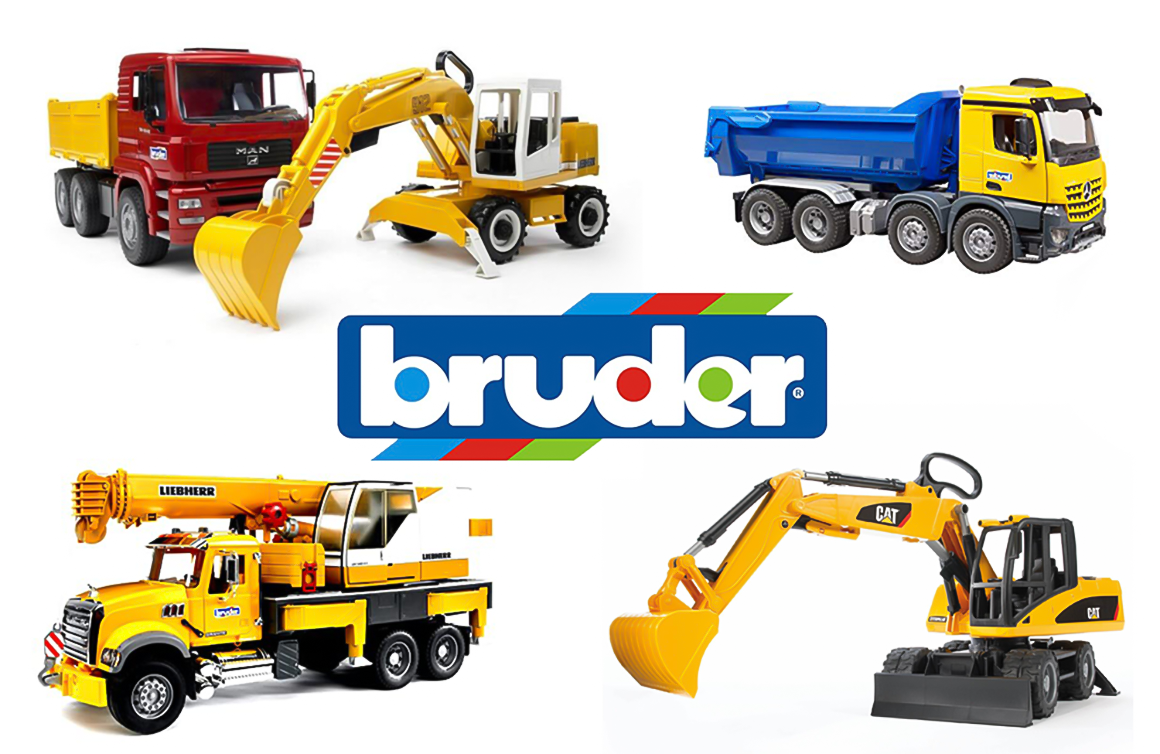This family business weathered economic and cultural shifts to become one of the most recognizable European and international toy brands.
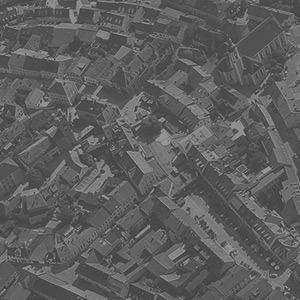
Origin
Founded in 1926 by Paul Bruder in Fürth, Germany, as Paul Bruder Spielwarenfabrik.
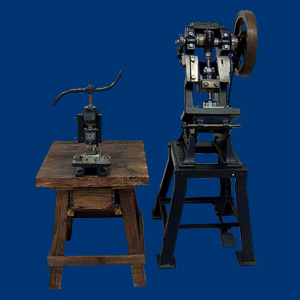
Early Days
Bruder initially sold handmade brass reeds to manufacturers of toy trumpets.
Production ceased from 1939 to 1948 as World War II wreaked havoc in Germany and around the world.
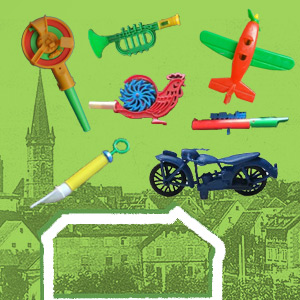
Re-Start
Paul Bruder’s eldest son, Heinz, joined the company in 1950 as a tool maker.
Eight years later, Bruder acquired a manual injection-moulding machine, allowing the company to expand into producing plastic toys.
The first toys Bruder produced were palm-sized hits, ideal for children’s loot and grab bags. Bruder soon expanded its manufacturing facilities and workforce.
In 1978, the company changed its name to BRUDER Spielwaren, and Heinz Bruder officially took the reigns.
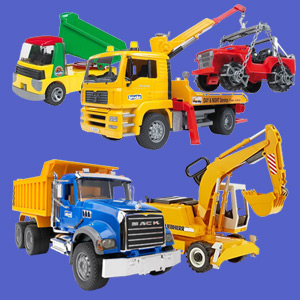
New Horizons
In 1987, Heinz Bruder’s son, Paul, took over product development duties at the growing family business.
Under Paul’s direction, product lines expanded to include colourful ROADMAX vehicles for young children, and the TOP professional series, a high-quality line devoted to toy construction andemergency vehicles.
Bruder’s toy line continued to expand for decades, including the release of bworld modular buildings and play accessories. velopment duties at the growing family business. Under Paul’s direction, product lines expanded to include colourful
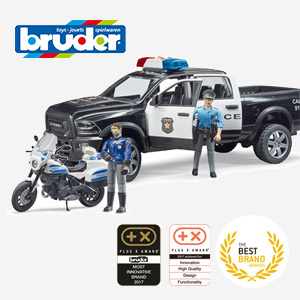
Legacy
Bruder continues to manufacture its toy vehicles in Germany.
Already popular in Europe, Bruder continues to strengthen its position in North American markets.
The company’s toys earn regular industry recognition, including Most Innovative Brand, Best Design Brand, and High Quality, Design, Functionality, all awarded in 2017.
In 2020, Bruder announced a host of new products, including toy motorcycles, construction vehicles, and figures.
Retailers around the world carry the company’s toys as children of all ages continue to drive demand.

